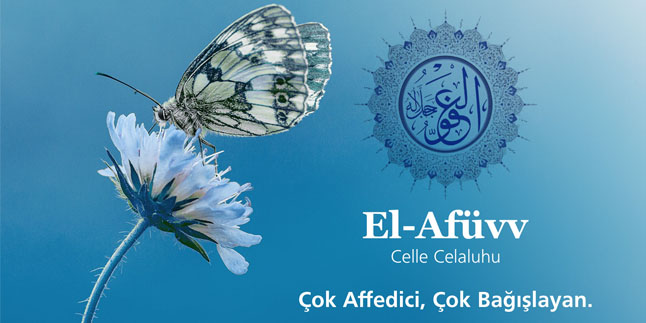Agile Development 5 Stages Of The Agile Life Cycle

Content
Each framework has its own set of pros and cons, and what works for one team may not work for another. It focuses on providing incremental, usable software components that facilitate ongoing CompTIA Authorized Partners: Helping Meet the Industry Demand for Tech Professionals feedback and adjustments. This type of methodology is used when customers are constantly changing demands or requirements, or when they are not sure about the system’s performance.
What are the 5 types of Agile?
- 1) Kanban.
- 2) Scrum.
- 3) Extreme Programming (XP)
- 4) Crystal.
- 5) Dynamic Systems Development Method (DSDM)
The team works in an iterative manner in the explore phase that means, they take a sub-set of the product’s features or stories and accept it into a plan for an iteration. It goes hand-in-hand with the adapt phase, wherein the team learns from the experiences of development and the feedback from the customer. During the first step of the agile software development life cycle, the team scopes out and prioritizes projects. Some teams may work on more than one project at the same time depending on the department’s organization. Each of these steps is important and includes its own requirements, challenges, and assessments. However, the biggest impact on the agile software development lifecycle is done by the first two steps, where requirements are discussed, described, and finalized by the customer.
Lean Software Development:
This approach allows for a more manageable product development and release cycle than the more extensive features in a waterfall project. The development life cycle of agile methodology is an organized series of phases that a project goes through from start to end. These stages are concept, inception, release, maintenance, and retirement.
Once you have identified the project, work with stakeholders to determine requirements. You might want to use user flow diagrams or high-level UML diagrams to demonstrate how the new feature should function and how it will fit into your existing system. I.e. whether the system is easy to use, its utility, and to what extent is the user interface (UI) effective for a user. Thus, UX design is keen on building systems that deeply and wholly understand the needs of the end-users.
Small enough to care,big enough to deliver…
It is a popular choice for projects that require frequent changes or need to be delivered quickly. At Ficus Technologies, we believe that Agile Software Development Lifecycle is the best way to ensure that our projects are delivered on time and within budget. We use Agile methodology to ensure our teams can quickly adapt to changing requirements and deliver high-quality software solutions. We also use Agile to ensure our teams can collaborate effectively and efficiently. By using Agile, we can ensure that your projects are delivered on time and within budget while ensuring that our teams can work together to deliver the best possible solutions. It concludes the project in an ordered manner capturing the project’s key lessons.
By following the five Agile lifecycle stages, teams can deliver high-quality software on time. Make sure to utilize the right tools and technologies to simplify your software development process, such as DATAMYTE’s low-code platform. These are the agile principles that make the software development process unique and effective. In this phase, the stakeholder will determine the objective and scope of the software.
Phase 5: Release
A sprint review is a meeting at the end of each Sprint to evaluate what was completed and to review the product backlog and determine what still needs to be done. The final three tasks are quick iterative steps, and a feature should not take more than two weeks to construct. If it takes longer than two weeks, it must be divided into smaller components. As users engage with the app, there will be opportunities to collect feedback and make improvements that can be released in future iterations.
Another example is Extreme Programming, where teams tend to work in shorter iterations and place an extra focus on engineering practices. Once the requirements have been defined based on feedback from the product owners and stakeholders, the actual work begins. Agile product development delivers high quality working products in incremental phases, sprints, or iterations. Agile project management was, and remains, a counter to the Waterfall methodology. The Waterfall methodology features a strict sequential approach to projects, where initiatives start with gathering all requirements before the work begins. The next steps are scoping out the resources needed, establishing budgets and timelines, performing the actual work, testing and then delivering the project as a whole when all the work is complete.
Project Scope Management and Its Importance in 2023
Following testing, there will almost definitely be some rework to address defects that arise, so it’s important that this is accounted for in the schedule. Let’s take a look at the 5 stages of the Agile System Development Life Cycle (SDLC). This kind of https://investmentsanalysis.info/remote-hiring-guide-how-to-ace-a-remote-hiring-2/ detailed analysis is also important because it builds a sense of transparency and helps to understand whether the idea is viable in its current form or not. Each stage has its own objectives and tasks, which we will explore in further detail below.
- Understanding the different stages of the Agile software development lifecycle is critical.
- You might want to use user flow diagrams or high-level UML diagrams to demonstrate how the new feature should function and how it will fit into your existing system.
- By following this software development lifecycle, your teams can deliver high-quality software products that meet the needs of your users in a timely and efficient manner.
- By following the five Agile lifecycle stages, teams can deliver high-quality software on time.
- Developers start building the first iteration of the product with the aim of having a working, usable product at the end of the sprint.
- The development and operations teams and stakeholders are now tasked with providing continuous support for the application to ensure it operates effortlessly.
- A collection of values, artifacts, roles, ceremonies, rules, and best practices make up the system.
Let’s take a closer look at each of the five focus areas and some recommendations. Increase your development output within the next 30 days without sacrificing quality. Commonly known as the “stand-up meeting,” – it takes place for no more than 15 minutes. The idea of these meetings is that each member shares what they completed the day before, what they will work on that day, and the list of items they need to work on. While they recognized its differences from the Waterfall model, they did not have a classification for it. The word agile in today’s world can refer to different values and frameworks including Kanban, Scrum, Adaptive Project Framework (APF), and Extreme Programming (XP).











